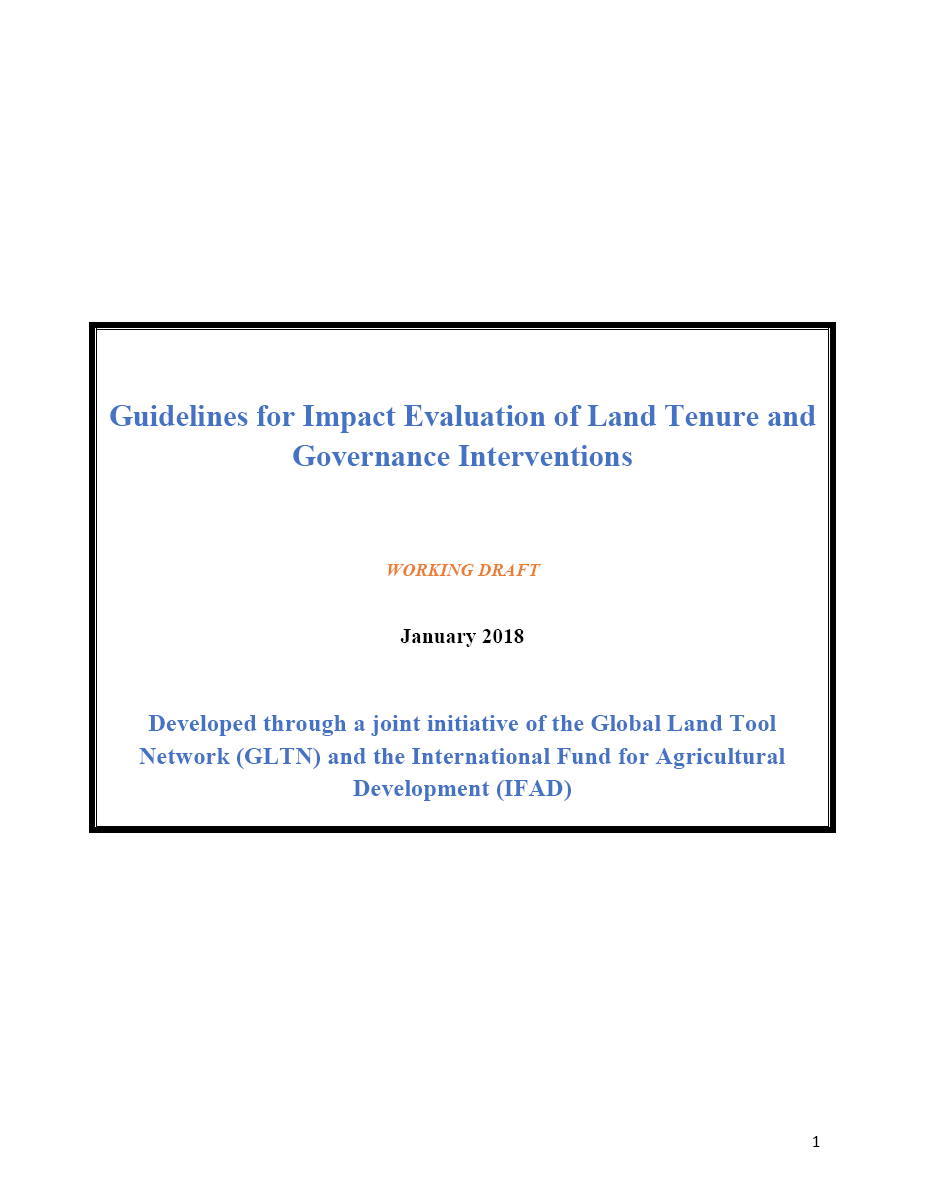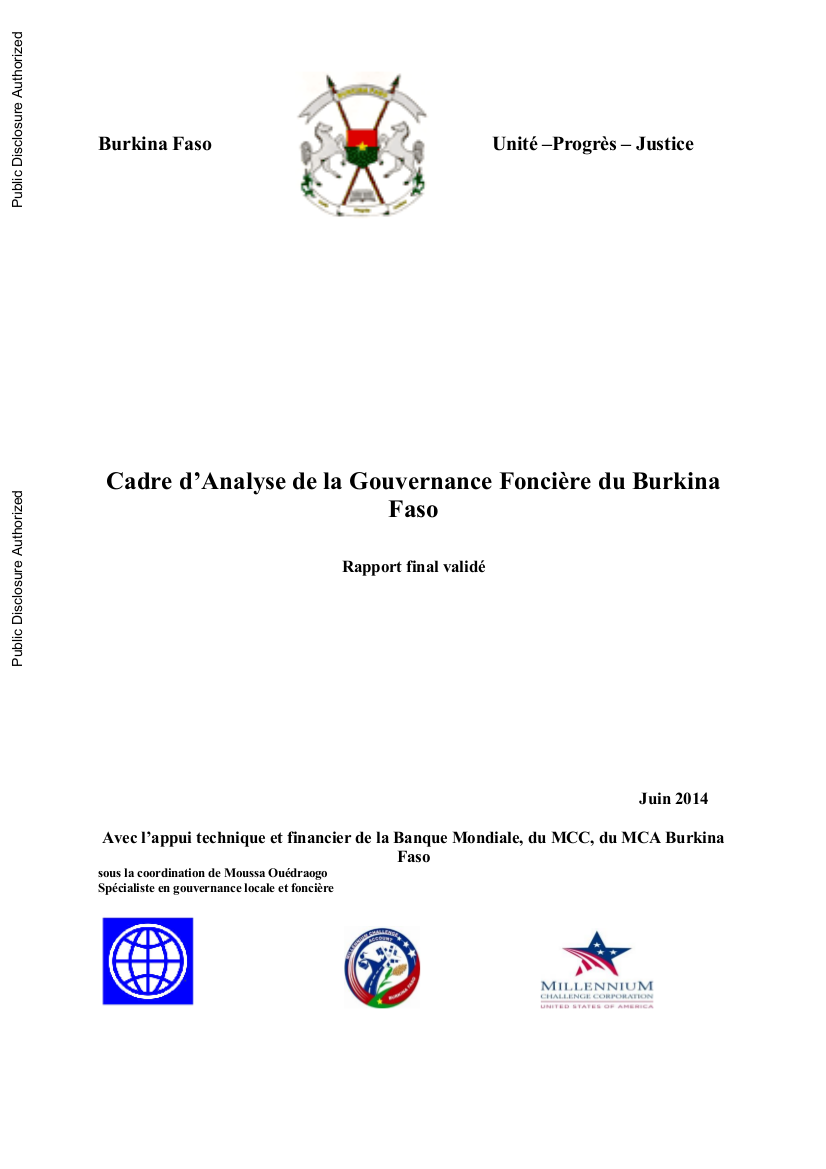Community Forestry in Myanmar: Some field realities
INTRODUCTION:
"Myanmar’s Community Forestry programme began in with the Community Forestry Instruction of 1995. Since then over two hundred and fifty Forest User Groups have been formed across the country, and have taken responsibility for controlling, managing and sustainably using a wide range of forest. How have they faired?



